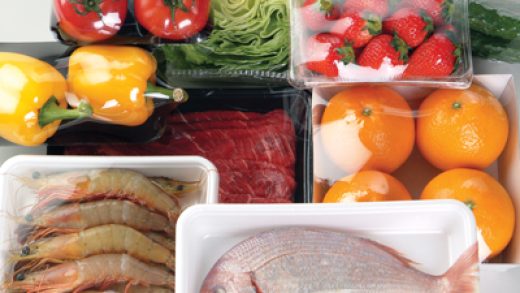Sugar gliders, scientifically known as Petaurus breviceps, are small, nocturnal marsupials native to Australia, Indonesia, and New Guinea. These adorable creatures have gained popularity as exotic pets due to their unique appearance and playful nature. One common question that arises among sugar glider enthusiasts is whether these tiny creatures enjoy cuddling. In this blog post, we will delve into the depths of sugar glider behavior, exploring their social nature, bonding habits, and shedding light on whether they truly relish cuddling.
1. Understanding the Social Nature of Sugar Gliders:
Sugar gliders are highly social animals that thrive in groups known as colonies. In the wild, they form strong bonds with their colony members, relying on social interaction for their emotional well-being. These bonds are crucial for their survival, providing comfort, protection, and a sense of belonging. As pets, sugar gliders seek companionship and interaction with their human caregivers, often forming strong bonds with them as well.
2. Bonding with Sugar Gliders:
To foster a strong bond with your sugar glider, it is essential to invest time and effort in building trust and establishing a positive relationship. Bonding activities such as gentle handling, providing a safe environment, and offering treats can help develop a sense of security and affection. Gradually, sugar gliders may become more comfortable with cuddling as they associate it with safety and companionship.
3. Individual Preferences and Temperament:
Just like humans, sugar gliders have unique personalities and preferences. While some sugar gliders may readily enjoy cuddling, others may prefer alternative forms of affection, such as playing or grooming. It is crucial to respect their individuality and understand their cues and body language to determine their comfort levels with cuddling. Observing their behavior and responding accordingly will help strengthen the bond between you and your sugar glider.
4. Creating a Cuddling-Friendly Environment:
To encourage cuddling, it is important to create a safe and comfortable environment for your sugar glider. Providing a cozy pouch or bonding pouch, which mimics their natural nesting spots, can make them feel secure and promote cuddling behavior. Additionally, maintaining a consistent routine, ensuring a balanced diet, and providing mental stimulation through interactive toys can contribute to their overall well-being and willingness to cuddle.
5. The Importance of Time and Patience:
Building a strong bond with your sugar glider takes time and patience. It is essential to respect their boundaries and allow them to initiate cuddling sessions when they feel comfortable. Forcing cuddling upon them may lead to stress and strain the bond you are trying to establish. By gradually earning their trust and understanding their needs, you can create a loving and affectionate relationship with your sugar glider.
Conclusion:
Sugar gliders are social creatures that thrive on companionship and interaction. While cuddling may not be a universal preference among sugar gliders, many do enjoy this form of affection once a bond of trust has been established. By understanding their social nature, respecting their individual preferences, and creating a nurturing environment, you can enhance the likelihood of cuddling with your sugar glider. Remember, building a strong bond takes time and patience, but the rewards of a loving relationship with these enchanting creatures are immeasurable.


